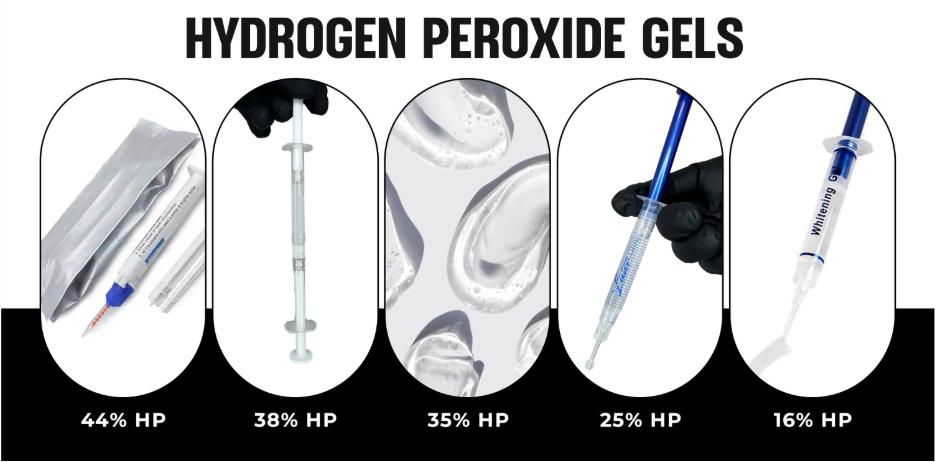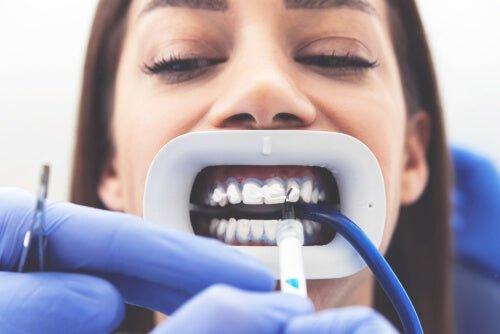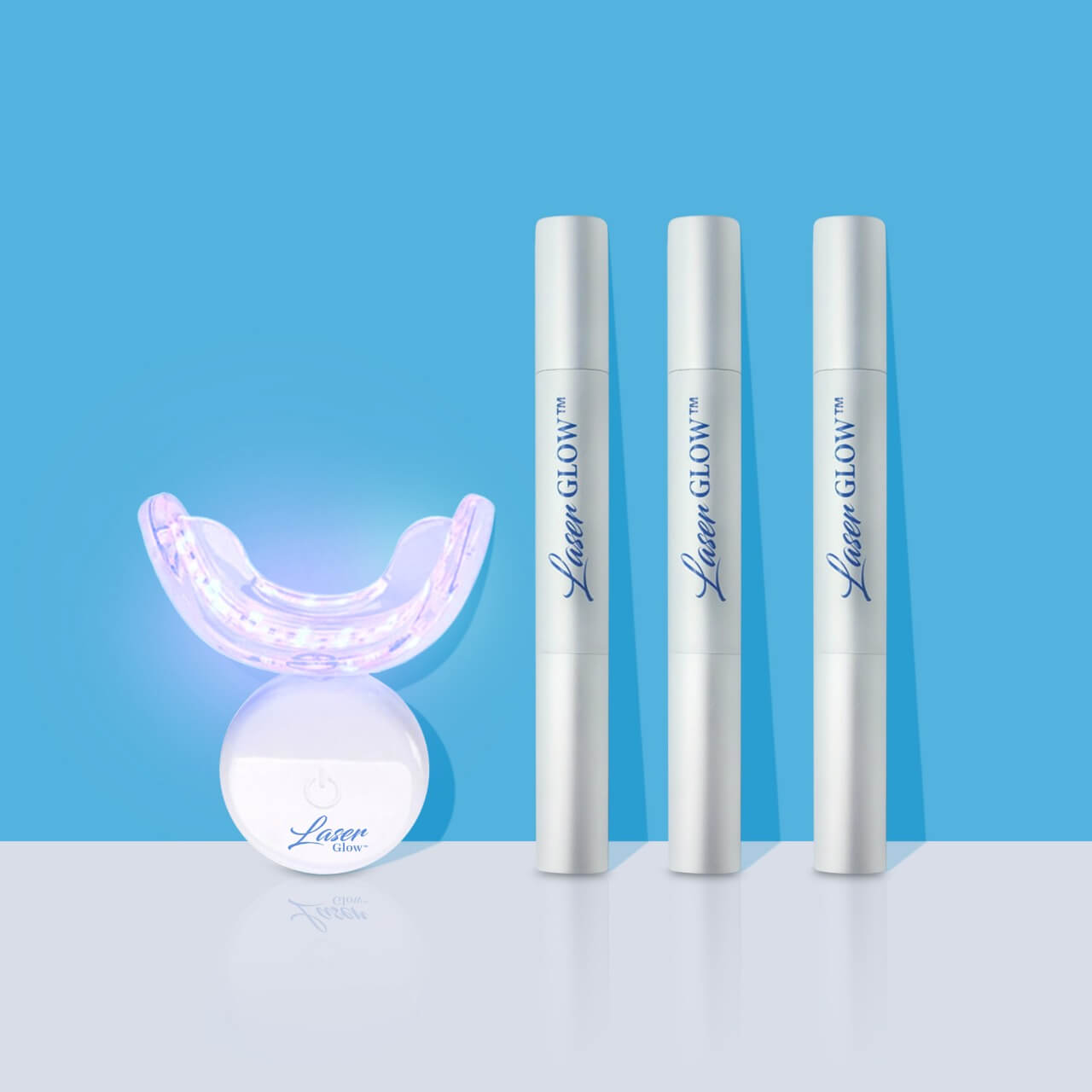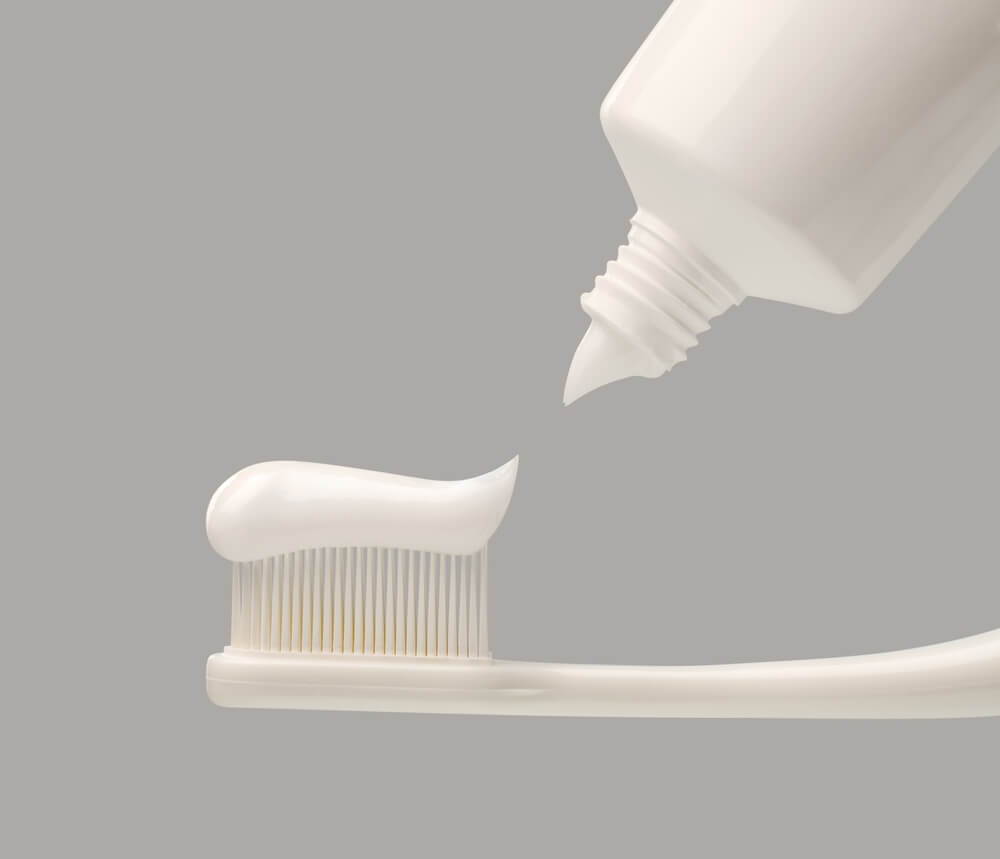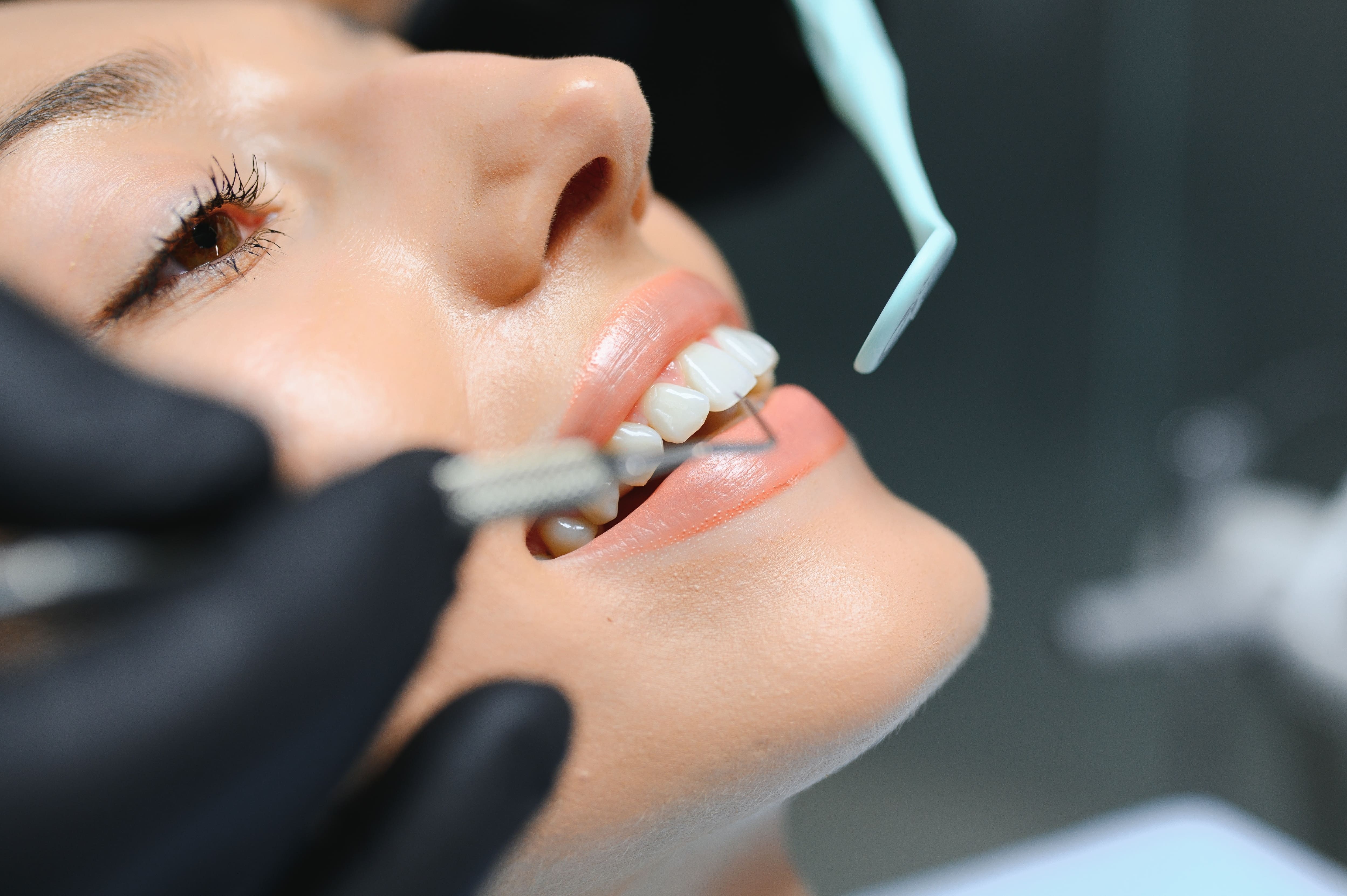Tooth Gems
Updated: August 9, 2025 • Medically reviewed by: [David Hanna], RDH
Reading time: 7–9 minutes
Tooth gems are tiny crystals, gold icons, or diamonds bonded to enamel with dental-grade adhesive and cured by LED light. They’re non-invasive, typically last 6–12 months (sometimes up to 24 with excellent aftercare), and can be professionally removed without drilling.
Key facts
- Cost: usually $60–$300+ per gem; multi-gem designs cost more
- Longevity: 6–12 months typical; up to 24 months with ideal placement/care
- Safety: enamel-safe when applied/removed by trained pros
- Removal: polished off—no drilling into the tooth
• Want a pro to place it? Book an Appointment →
• Stock your studio or DIY? Shop Kits & Supplies →
What Are Tooth Gems?
Tooth gems are decorative accents (crystals, 14–24k gold shapes, or diamonds) adhered to the surface of natural enamel. Proper placement follows dental bonding steps—etch, bond, position, light-cure—similar to orthodontic attachments but without drilling or injections.
Cost & What Affects Price
Most single-gem applications fall between $60–$300+. Price depends on:
- Material: gold/diamond > crystal
- Size & design: custom shapes/clusters cost more
- Tooth position: canines/incisors are most popular
- Provider & market: experience and local demand influence rates
LaserGlow studios: pricing starts at $75 per tooth with a 1-month loss warranty. See details on the service page.
Book your appointment →
How Long Do Tooth Gems Last?
Typical wear is 6–12 months; with ideal placement, low-profile designs, and great aftercare, some last up to 24 months. Longevity depends on:
- Material & profile: slim gold/diamond pieces snag less
- Placement: flatter enamel surfaces bond better
- Habits: grinding, nail-biting, or sticky/hard foods shorten wear
- Aftercare: the first 72 hours are critical (see below)
If a gem loosens early, keep it and contact your provider—many offer touch-ups.
Safety & Contraindications (Dental Hygienist-Reviewed)
When applied and removed by trained professionals, tooth gems are enamel-safe.
Avoid/consult first if: active decay, untreated gum disease, large cracks, recent whitening within 24–48 hours, or known resin allergies. If you wear braces, retainers, or aligners, see compatibility below.
Note: Tooth gems are cosmetic. Consult a dental professional for oral health concerns.
Professional vs DIY (When to Choose Each)
- Professional placement: best isolation, bonding, and curing → maximum longevity.
- DIY/Studio supply: suited for trained techs/dentists who understand bonding protocols. New practitioners should seek training first.
Pros: Shop pro-grade kits, bonds, etch & LED lights →
Application (Step-by-Step Overview) & Removal
Application overview
- Clean & isolate enamel
- Etch (microscopic surface texture)
- Bond, position gem
- LED light-cure to set
- Polish & check edges/bite
Removal overview
A professional uses a polishing technique to lift the gem and smooth any adhesive—no drilling into enamel.
- Need removal by a pro? Book now →
-
Trained techs only: See removal tools →
Designs & Materials (with Sizing Guide)
- Crystals: high sparkle, budget-friendly, wide color range
- Gold icons (14–24k): stars, butterflies, hearts, initials—premium and low profile
- Diamonds: maximum brilliance and durability
Sizing on tooth: common face sizes 1.5–3.0 mm. Lower incisors favor smaller gems; upper canines tolerate bolder shapes.
Explore popular designs:
Butterfly Tooth Gems → • Heart Tooth Gems → • Crystal Sets →
Aftercare: First 72 Hours & Beyond
First 72 hours
- Avoid sticky, hard, or chewy foods on the gem side
- Minimize touching or picking
- Skip whitening for 48 hours
- Brush gently around the gem
Long term
- Use a soft toothbrush; angle bristles around edges
- Floss with care (floss threaders help)
- Night grinders: consider a nightguard
- See a pro if edges feel rough or plaque builds
Can I Get Tooth Gems with Braces, Veneers, or Fillings?
- Braces/aligners: possible in select spots; coordinate with your orthodontist/tech.
- Veneers/crowns: bonding to porcelain/ceramic is less predictable—many pros avoid it.
- Fillings: avoid bonding directly over composite margins.
Where to Get Tooth Gems
- In-office application: Clifton • Edgewater • Miami
- Shop supplies: Tooth Gem Kits & Supplies →
- Are you a salon or dental office? Join our network and get listed on the Installer Directory. Contact us
FAQ
Do tooth gems damage teeth?
Not when properly applied and removed by trained professionals. The gem sits on enamel and is polished off at removal.
How long do tooth gems last?
Most last 6–12 months; with ideal placement and care, some last up to 24 months.
Can I whiten with a tooth gem on?
Avoid whitening 48 hours before/after placement. Later, you can whiten around the gem; many do a touch-up after removal for perfectly even shade.
Can minors get tooth gems?
Policies vary; many studios require parental consent under 18.
What if my gem falls off?
Save it and contact your provider. Don’t attempt to glue it back yourself.
Are gold or diamond gems better than crystals?
Premium pieces are often lower profile and may resist snagging, but technique and aftercare matter most.
Can I place a gem over a veneer or crown?
Bonding on porcelain/ceramic is less predictable than on enamel; many providers avoid it.
How do I clean around a gem?
Soft brush, angled strokes around edges; floss carefully; keep regular professional cleanings.
Author & Review
This page is written by LaserGlow and reviewed by [David Hanna], US Licensed Registered Dental Hygienist /RDH.
Last updated: August 9, 2025


